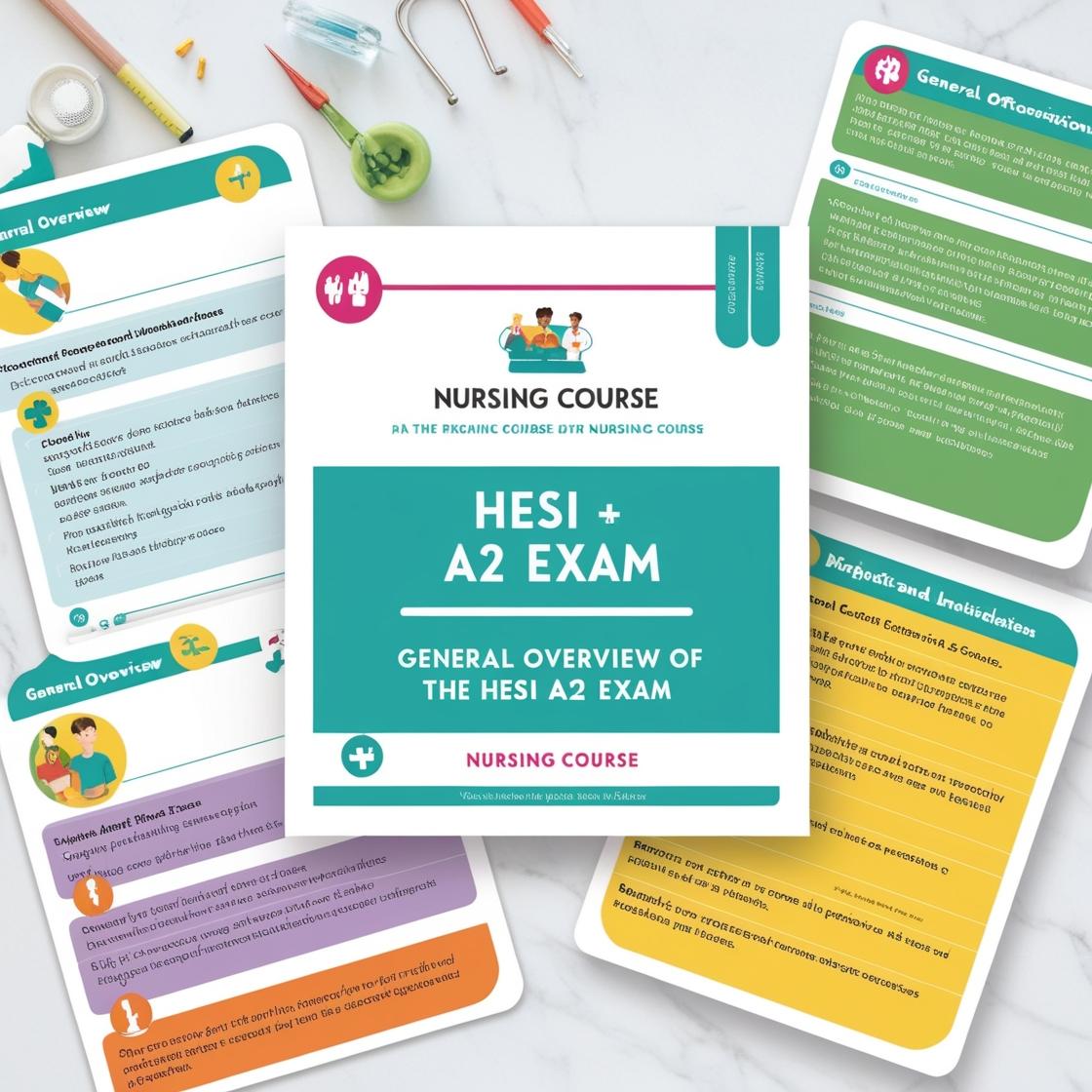HESI A2
HESI A2 Biology Practice Test
1. Which type of passive transport uses proteins that change shape to move a target molecule through the membrane?
- A. Diffusion
- B. Carrier proteins
- C. Channel proteins
- D. None of the above
Correct answer: B
Rationale: The correct answer is B: Carrier proteins. Carrier proteins are involved in facilitated diffusion, a type of passive transport where specific target molecules are moved across the membrane with the help of proteins that change shape. These carrier proteins bind to the target molecule on one side of the membrane, undergo a conformational change, and then release the molecule on the other side. This process is crucial for the selective transport of certain molecules that cannot pass through the membrane by simple diffusion. Choices A and C are incorrect because diffusion and channel proteins do not involve proteins that change shape to transport target molecules selectively. Choice D is incorrect as carrier proteins fit the description provided in the question.
2. Which of the following is true of Glycolysis?
- A. It requires the absence of Oxygen
- B. It occurs in the presence of Oxygen
- C. It is the final step of fermentation
- D. It is the final step of anaerobic respiration
Correct answer: B
Rationale: Glycolysis is the first step in cellular respiration and can occur in both aerobic (presence of oxygen) and anaerobic (absence of oxygen) conditions. In aerobic respiration, glycolysis takes place in the presence of oxygen and continues with the Krebs cycle and the electron transport chain. So, glycolysis does not require the absence of oxygen but can occur in its presence as part of the overall process of aerobic respiration. Choice A is incorrect because glycolysis can occur in the presence of oxygen. Choice C is incorrect because glycolysis is not the final step of fermentation; it is the initial step. Choice D is incorrect because glycolysis is not the final step of anaerobic respiration; it is the first step, followed by further processes to complete anaerobic respiration.
3. A pencil measures 8cm long. What is this in mm?
- A. 80 mm
- B. 800 mm
- C. 8 mm
- D. 0.8 mm
Correct answer: A
Rationale: To convert centimeters to millimeters, you need to multiply by 10 since 1 centimeter is equal to 10 millimeters. Therefore, 8 cm x 10 mm/cm = 80 mm. The pencil measures 8 cm, which is equivalent to 80 mm when converted. Choice A is correct as it correctly converts 8 cm to mm by multiplying it by 10. Choices B, C, and D are incorrect because they do not apply the correct conversion factor.
4. Which is true of the term Phenotype?
- A. It is the genetic code
- B. Phenotype determines genotype
- C. Genotype determines phenotype
- D. Genotype, epigenetic factors, and environmental factors determine phenotype
Correct answer: D
Rationale: The term "phenotype" refers to the observable characteristics or traits of an organism, which are determined by a combination of genotype (genetic makeup), epigenetic factors (modifications to gene expression), and environmental factors (external influences and experiences). Genotype, epigenetic factors, and environmental factors all play a role in determining an individual's phenotype, making option D the correct statement. Options A, B, and C are incorrect because the phenotype is not the genetic code, the phenotype does not determine the genotype, and it is the genotype that influences the phenotype, not the other way around.
5. Prokaryotic cells:
- A. Have a nucleus
- B. Have a capsule
- C. Have membrane-bound organelles
- D. Cannot move on their own
Correct answer: B
Rationale: Prokaryotic cells do not have a nucleus or membrane-bound organelles. One characteristic feature of prokaryotic cells is the presence of a capsule, which is a protective layer outside the cell wall. This capsule helps the prokaryotic cell adhere to surfaces, evade the host immune system, and protect against desiccation. Choice A is incorrect because prokaryotic cells lack a nucleus. Choice C is incorrect as prokaryotic cells do not have membrane-bound organelles. Choice D is incorrect as prokaryotic cells can move using structures like flagella or pili.
Similar Questions

Access More Features
HESI A2 Basic
$99/ 30 days
- 3,000 Questions with answers
- 30 days access @ $99
HESI A2 Premium
$149.99/ 90 days
- Actual HESI A 2 Questions
- 3,000 questions with answers
- 90 days access @ $149.99
